Car owners are a strange bunch. They actively comb every inch of their rides in searching for all sorts of imperfections and flaws, then actually become annoyed when they do find one. Every hairline scratch, every dent, every stain – all these become triggers for the (overly) conscientious motorist.
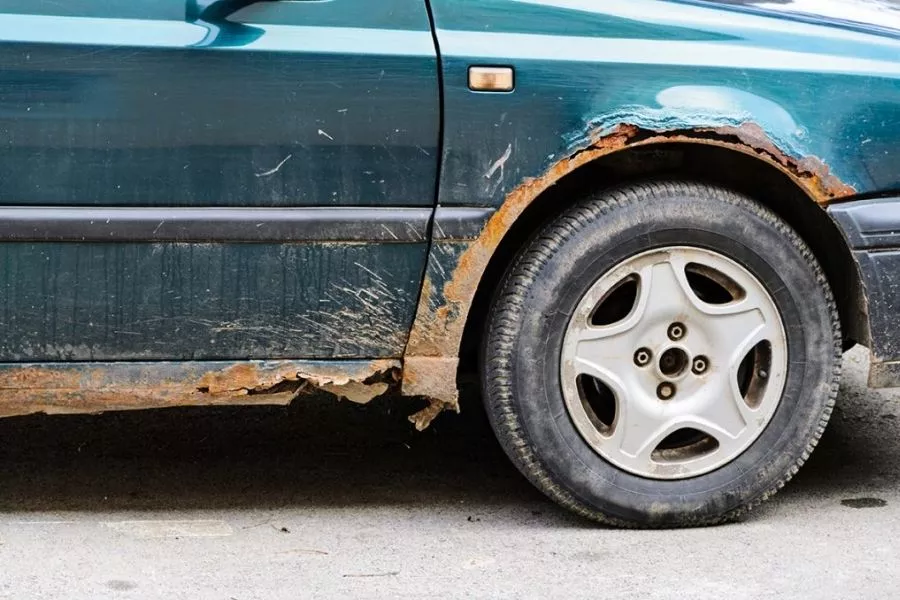
Rust is a dangerous thing to ignore where your car's body is concerned
One of the more serious things to look out for in a car is the presence of rust. If found on the body shell, this kind of corrosion is a legitimate cause for alarm, as it signifies that the vehicle’s protective layer has been compromised. Ignore it at your own risk, and the damage can easily spread to the rest of the car.
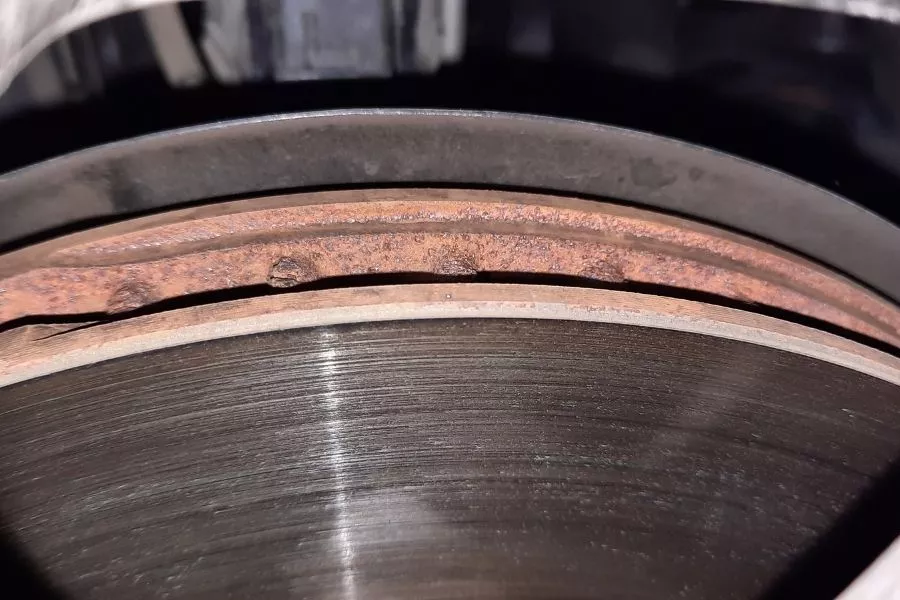
Rust forming on brake discs is fairly common
But what about rust forming on the brake rotors? It’s a common occurrence mainly on vehicles equipped with disc brakes. You might notice patches of rust on the rotor’s surface, especially with a car that’s been parked outdoors or after a rainy drive. It’s quite unsightly to see the rotor’s finish tarnished (not to mention the potential damage it could bring to your wheel), so your first course of action might be to bring the car to the nearest shop.
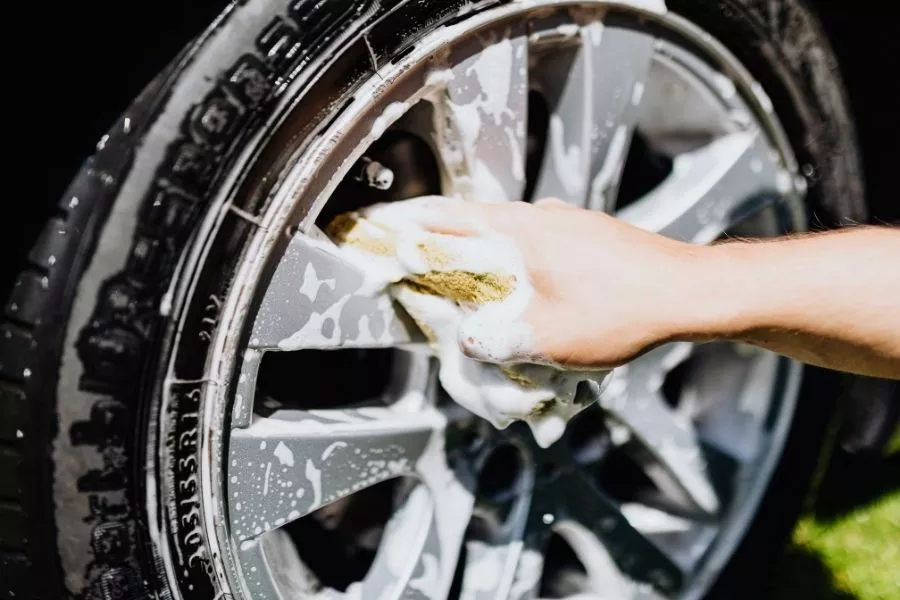
Even just washing the car can cause the rotor disc to form rust patches
Except that it doesn’t have to be. Unless there’s a supercar in your garage that’s fitted with carbon-ceramic composite brakes, you likely have a run-of-the-mill passenger car as your daily driver. As it stands, conventional vehicles are equipped with rotors made of cast iron, which is just as good for everyday driving despite being cheaper. Iron is also prone to oxidation or rust, and that’s perfectly normal especially in humid climates like ours.
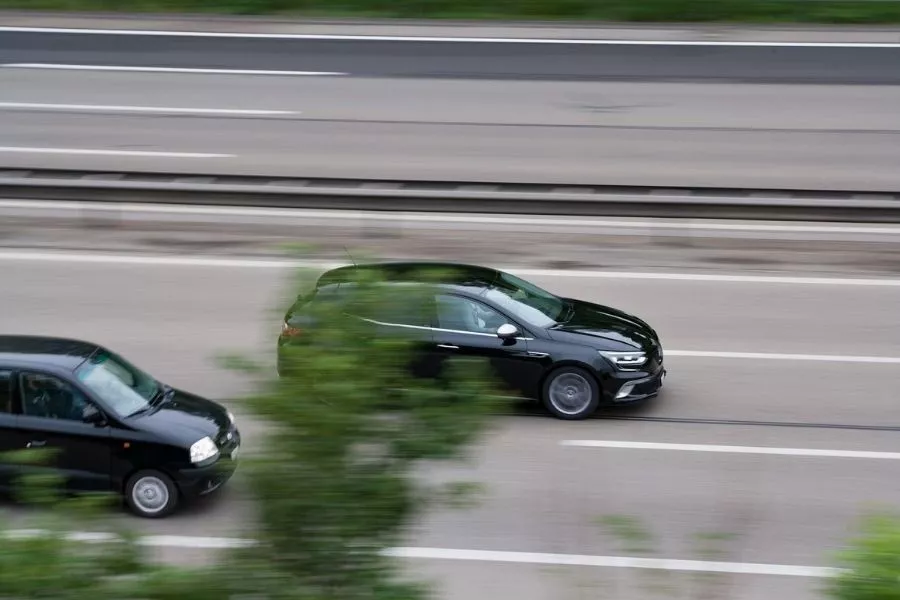
Simply taking the car on a normal drive should be enough to remove the rust
The best way to remove the rust is to simply drive the car, as the friction between the pad and rotor during normal braking will be enough to wipe the corrosion away. But even after a day’s worth of driving, you might find that some rust remains on the vents and edges. Not to worry, because it takes years before it actually affects the rotor disc itself.
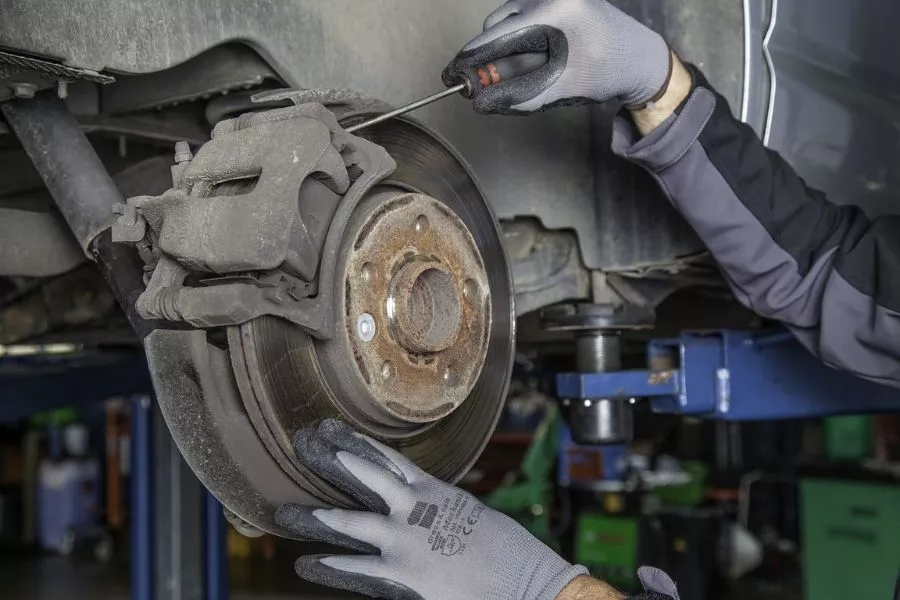
You can have it checked by a mechanic if you're still in doubt
What you should watch out for is if the rust has been sitting on the rotor surface for a long time. That could lead to pitting, which compromises the vehicle’s braking performance. You can either have the rotor disc refaced (provided it’s still thick enough), or replaced with a new one altogether.
If you’re not sure what to do, there’s no harm in having a mechanic take a look at the rotor disc, for your peace of mind.
Find more tips for beginner car owners at Philkotse.com.
Recent posts
- Disc Brakes vs Drum Brakes: How are they different? Jan 28, 2021
- How to deal with rust on your car Jul 19, 2018
- How to make your brakes last longer? Feb 17, 2021












